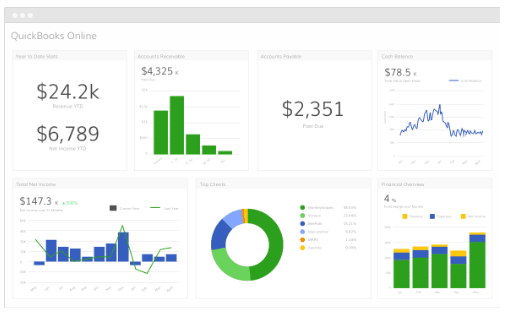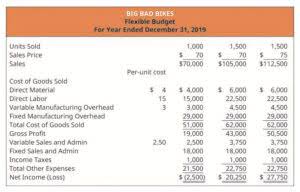


When a business performs services or sells goods, the corresponding revenue account increases with a credit. The basic principles of accounting are essential for any individual Suspense Account wanting to analyse financial data or conduct business finances successfully. One of these core principles is the idea of a normal balance, a simple and potent concept that forms the foundation of the entire double-entry bookkeeping system.
Our Review on The Credit One Credit Card
- A normal debit balance for expense accounts is when the total of the debit entries outweigh the credits, reflecting the nature of expenses—where money is spent, not earned.
- Debits and credits are the foundational components of the double-entry accounting system.
- Also, charging supplies to expense allows for the avoidance of the fees charged by external auditors who would otherwise want to audit the supplies on hand asset account.
- It keeps the company’s financials accurate and makes sure the balance sheet is correct.
- Learn how this principle governs financial transactions, especially for expenses, ensuring accurate reporting.
On the other hand, expenses and withdrawals decrease capital, hence they normally have debit balances. By following the expected normal balances, accountants can ensure that the financial statements accurately represent the financial position, performance, and cash flows of the business. Consistency in the presentation and classification of accounts enhances the comparability of financial statements across different periods and entities. Overall, the importance of normal balances in accounting cannot be overstated. By understanding and applying normal balances, accountants can ensure the integrity and usefulness of financial information.
Cash Flow Statement

This debit increases the Rent Expense balance, reflecting the cost incurred. Similarly, paying employee salaries or purchasing office supplies involves debiting the respective expense accounts. Revenue accounts, which represent income earned from business activities, similarly have a normal credit balance.
What is the significance of normal balances in maintaining accurate financial records?
This article gives great information that helps the reader understand this important accounting concept. Normal balances are vital for accuracy in financial records, as they ensure each account reflects the true business activity, enabling reliable financial analysis and decision-making. In accounting, ‘Normal Balance’ doesn’t refer to a state of equilibrium or a mid-point between extremes. Instead, it signifies whether an increase in a particular account is recorded as a debit or a credit.

The left side represents debits (decreases) and the right side represents credits (increases). An invoice received would be recorded on the credit side, increasing the balance, while a payment made would be recorded on the debit side, decreasing the balance. The normal balance, which is a credit, indicates the expected positive amount owed. No, revenue accounts typically have a normal credit balance because they reflect income earned by the business, not money spent.

Understand the concept of normal balance in accounting and its significance in finance. Explore how it affects financial statements and reporting accuracy. The normal balance of an account is the balance that an account is expected to have at the end of an accounting period. This balance can be either a debit balance or a credit balance, depending on the type of account. In accounting, debits and credits are the fundamental building blocks in a double-entry accounting system. Depending on the account type, an increase or decrease can either be a debit or a credit.
Basic Accounting: Account Titles and Normal Balances of Accounts
At the core of accounting https://www.altasrih.com/net-realizable-value-a-conservative-valuation/ lies the accounting equation, which states that Assets equal Liabilities plus Equity. This equation represents the financial balance of an entity at any given time, ensuring that all resources are accounted for by their sources. Normal balances ensure financial records are accurate and reliable.
Expense accounts, like hungry caterpillars, are always consuming resources, craving debits to grow. When your business racks up costs—think salaries, rent, or utilities—it feeds these accounts with debit entries. They naturally inflate on this diet of debits because each expense essentially represents money leaving your corporate wallet. Picture each debit like a puzzle piece, completing the picture of your operating costs. It’s why, in the world of accounting, expenses and debits are best friends, with expense accounts typically flaunting a debit balance as a badge of their vital role in business operations. Understanding an account’s normal balance is important for accurately recording financial transactions.
The total cost of supplies tends to be quite low, and the per-unit cost of supplies is also usually supplies normal balance quite low. Examples of supplies are paper, staples, and toner cartridges. Thomas Richard Suozzi (born August 31, 1962) is an accomplished U.S. politician and certified public accountant with extensive experience in public service and financial management. He is known for his pragmatic approach to fiscal policy and governance.

Knowing normal balances aids in the accurate preparation of financial statements, such as the income statement and balance sheet. Understanding the normal balance of each account type is important for maintaining accurate financial records and ensuring reliable financial reporting. This knowledge is particularly useful when preparing a trial balance, which is an internal report listing all account balances to verify that total debits equal total credits.